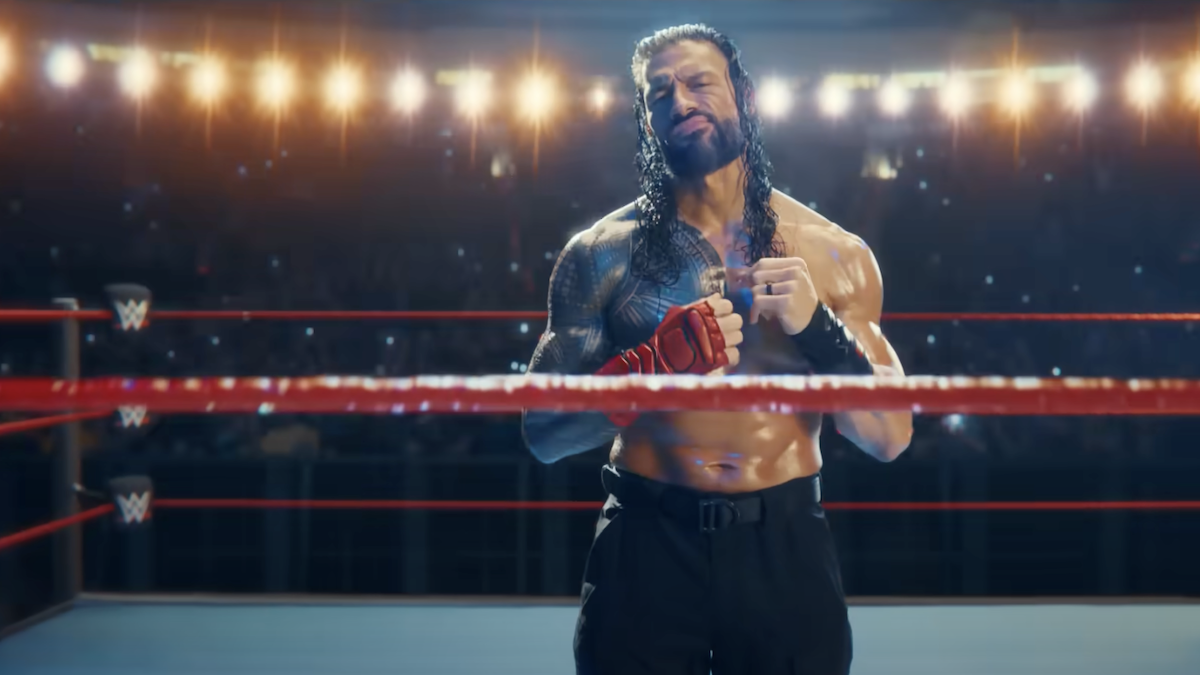
In the ever-evolving landscape of sports entertainment, World Wrestling Entertainment (WWE) has consistently demonstrated an uncanny ability to be at the forefront of broadcast industry trends. WWE’s latest move, a $5 billion deal with Netflix to broadcast WWE Raw, exemplifies the company’s forward-thinking approach.
With its first Raw set to air on Jan. 6, WWE’s newest partnership marks another evolution of Netflix’s approach to live content as well. The streaming monolith is coming off a historic ratings win for the NFL on Christmas Day and both companies are bullish on the potential for ratings to snowball as Netflix and WWE are set to ring in the new year together. By audience scale alone, WWE’s access to Netflix’s mammoth audience of over 282 million subscribers globally could usher in a new Golden Era for wrestling.
To understand how we got to the point where WWE could potentially see its largest viewing audience in company history, we have to look back at four key broadcasting innovations that got us here.
The Golden Era Meets PPV
Let’s turn the clock back to 1985 a.k.a. “The Golden Era.” While most wrestling companies relied on the traditional broadcast models, WWE (then known as WWF) made a bold gamble by putting WrestleMania 1 on pay-per-view (PPV). During this time, PPV was in its infancy and mostly boxing took advantage of upselling its audience. To order a PPV, some viewers had to call their local provider and drive to pick up a special box to access the broadcast. There was nothing convenient about ordering a PPV, so the mere fact that WrestleMania 1 had over one million viewers, the largest PPV program ever at the time, was astonishing and set the stage for a lucrative business model for years to come.
WWE’s owner and promoter Vince McMahon mortgaged everything including his home into WrestleMania 1 and the gamble that paid off huge for WWE. It was a new business model that would later be used more frequently by boxing, mixed martial arts, and more. WWE had effectively created a high level gated content tier years before streaming services popularized the concept.
Changing the Game with the XFL
WWE’s innovative spirit extends well beyond its core wrestling business through ventures like the XFL. The football league, launched by McMahon in 2001 and again in 2018, faced challenges and ultimately failed twice. However, we cannot overlook the league’s numerous technological advances.
One standout was the revolutionary “helmet camera,” which gave viewers at home a player’s-eye view of the action, immersing them in the game. As camera technology has advanced, these types of broadcast vantage points have become commonplace.
Now popularized amongst NFL rights holders today, the XFL’s “wire camera” provided incredible dynamic shots of the full field, elevating the viewing experience for the home viewer. The league’s insistence on “all access” behind the scenes was initially poorly received by critics and audiences, but elements of the XFL, and by extension WWE’s production team, have been adopted by major sports leagues for both in-game content and peripheral programming like sports documentaries.
The XFL’s infamously disastrous first season is seen as a blunder on McMahon personally, and the company at large, but nearly 25 years later its easy to see how WWE drove technical advancements across the broader sports entertainment landscape. As it enters the third phase of its streaming life (more on the first and second phase below), many fans and critics of professional wrestling are curious what new broadcast permutations may come of the WWE x Netflix partnership.
Embracing Social Media
WWE was an early adopter of YouTube in 2008 while many companies were still fighting digital piracy. This forward thinking ultimately turned into a lavish pay off. WWE has over 100 million subscribers across their main YouTube channels, putting WWE in position as one YouTube’s most successful platforms. WWE is the largest sports channel on YouTube and No. 10 overall, and has more subscribers than the NBA, NFL, MLB and NHL combined.
WWE’s growing collaboration with content creators shows its adaptability in the digital era, leveraging influencers to help expand its reach, diversify its audience, and deepen fan engagement. They started with radio personalities like Peter Rosenberg and Sam Roberts to social media influencers such as @itswheezyblonde and @musclemanmalcolm, WWE has embraced a grassroots, savvy approach. By inviting creators to media junkets and events, WWE created a more authentic coverage and amplified its social media presence. The success of WrestleMania 38, which outperformed Super Bowl LVI in key metrics like impressions (2.2 billion vs. 1.8 billion), video views (1.1 billion vs. 618 million), watch time (13.1 million hours vs. 3.56 million), and engagements (87 million vs. 78 million), showcases the impact of this strategy. Content creators bring relatable voices, expanded reach, and cross-platform promotion, helping WWE attract new audiences and set a benchmark for sports entertainment marketing in the digital era.
WWE Network Charges Into The Streaming World
After successfully dividing up rights among broadcast television, cable, and its crown jewel events for PPV, WWE became the first major sports entertainment company to start its own streaming service in 2014. The WWE Network ventured into streaming just before many of the larger media conglomerates launched their direct-to-consumer platforms, some of which still are around today, while others crashed and burned.
WWE’s direct-to-consumer product allowed the company to collect valuable fan data more easily, enabling them to better understand their audience and tailor content to their preferences. In 2014, digital data collection was not as pervasive as it is today, making WWE’s initiative particularly forward-thinking. This early adoption of data-driven insights gave WWE a significant advantage in engaging with its fanbase, refining its offerings, and staying ahead of consumer trends. It also laid the foundation for leveraging analytics to inform marketing strategies, programming decisions, and overall business growth.
As more players entered the streaming business, the company later shifted by folding their content offering into NBC’s streamer Peacock beginning in 2021 as part of a billion-dollar licensing deal. Though Peacock has struggled to gain market share in a crowded streaming environment, the deal in theory broadened audience access to WWE by making it a category on a more populous steaming platform and was a forerunner to the RAW on Netflix agreement.
From pioneering pay-per-view with WrestleMania 1 to creating the WWE Network long before streaming became mainstream, WWE has been one of the few companies to be ahead of the entertainment curve. By engaging Netflix’s vast audience, WWE is poised to redefine how live sports and entertainment content are consumed on streaming platforms.
The post WWE on Netflix Has A Chance To Recapture A Golden Era appeared first on Den of Geek.








